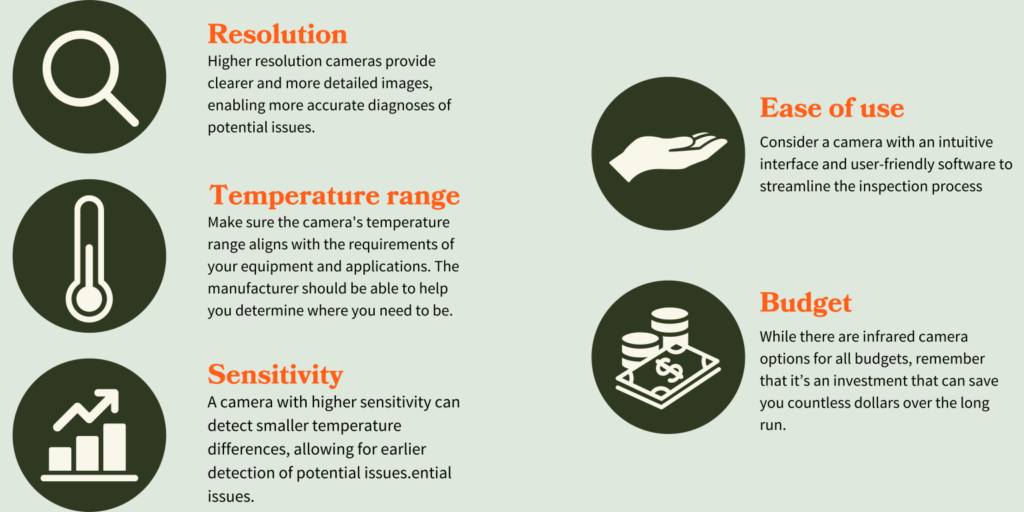Most leaders in the forest products industry are familiar with annual thermographic scans for preventative risk assessment programs. But in our previous blog post, Using Thermographic Scans for Predictive Maintenance, we showed that using thermographic imaging on a regular basis can help prevent fires and equipment failures year round. We also discussed the difference between preventative and predictive maintenance and showed why it’s so important for thermography to be in both programs.
Now, we’re moving away from the “why” and showing you the “how.” Read on for the five key steps to implementing thermography in a predictive maintenance program. This approach can significantly improve the maintenance program of any forest products business and help protect your bottom line
A Refresher on the Power of Routine Infrared Camera Inspections
- Early detection of potential issues, preventing costly failures and downtime
- Prioritizing maintenance tasks based on impact to operations
- Optimizing maintenance schedules to minimize downtime
- Reducing overall maintenance costs by addressing issues before they escalate
- Enhancing safety by identifying and addressing potential hazards as early as possible
Five Key Steps to Using Thermographic Scans for Predictive Maintenance
1. Determine Your Priorities
Which equipment and systems require routine inspections? Of those, which are the most critical and likeliest to experience failures? Answering those questions can help you determine the schedule and frequency of predictive thermographic scans.
2. Choose Your Infrared Camera
As always, it’s important to choose the right tool for the job. Here are some guidelines to help you narrow down your camera selection.

3. Train Your Maintenance Team
Just owning the tool is not enough; knowing how to use it effectively is what truly matters. For this reason, it’s important to ensure that your maintenance team is properly trained and familiarized with the camera. Operating these devices isn’t always straightforward. They require an understanding of how to adjust settings, focus correctly, and interpret the color scales. It’s also necessary to understand how different materials and environmental conditions might affect readings.
4. Document Your Findings
A solid documentation system for thermographic scans should include images, dates, and descriptions of any issues detected. You should be able to compare these results over time. This will help you identify your maintenance priorities and also track the overall effectiveness of your program.
5. Review and Improve
Regularly review your predictive maintenance program and adjust as needed. As you and your team gain more experience with infrared camera maintenance inspections, you’ll undoubtedly find questions to answer and processes to adjust. This will help you spot trends and make better maintenance and purchasing decisions going forward.
Gain a Powerful Maintenance Tool to Protect Your Business
Incorporating routine infrared camera inspections and documentation into your maintenance program, you can transform it into a more efficient and effective predictive maintenance strategy.
Not only will this help you reduce downtime, maintenance costs, and risks for significant losses, but it can also enhance the overall efficiency of your operations. If you’re worried that implementing thermography will require a significant time investment, remember that it’s far more efficient compared to the cost of downtime.
